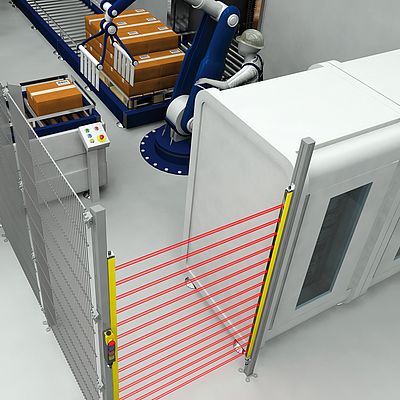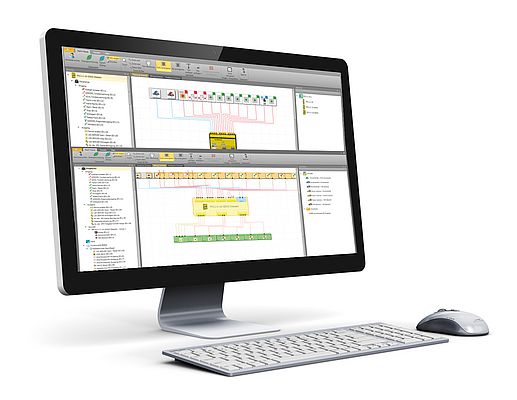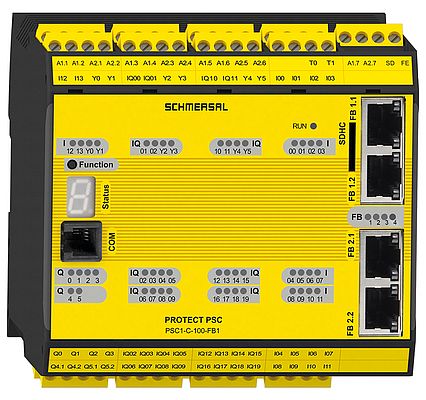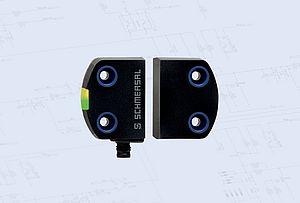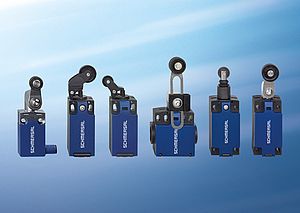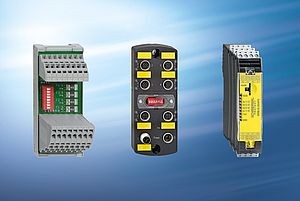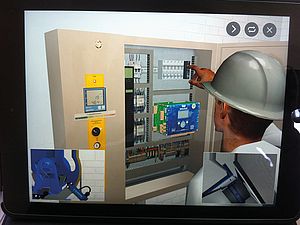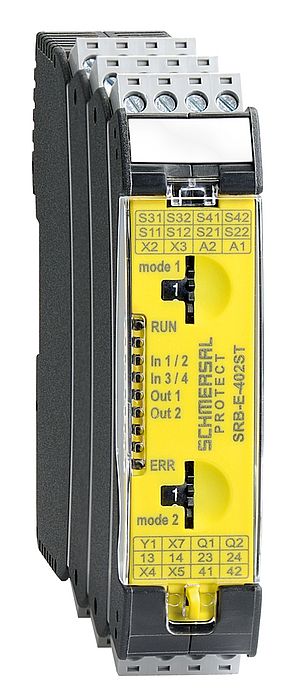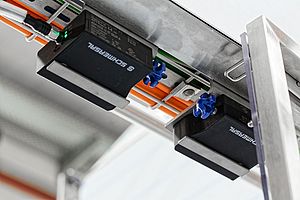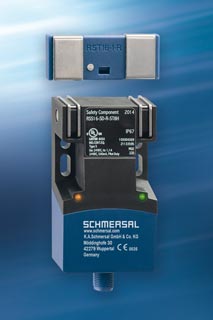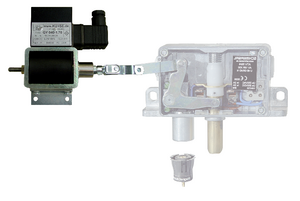From the sensor in the machine to the top management levels in the central IT system, such as ERP, PPS and MES: consistent data exchange is among the most important characteristics of digital production structured in accordance with the principles of Industry 4.0.
This also applies to safety switchgear and therefore the safety of machines and equipment in the food, packaging or other industries, including the downstream processes of filling and packaging. Two areas of data always need to be taken into consideration, these fulfil different requirements and are designed based on different principles.
At the functional safety level, there are the requirements of the Machinery Directive and the standards and regulations assigned to it. This is, for ex-ample, about switching machines off safely and stopping hazardous movements when the operator opens a safety door or enters an area secured by opto-electronic safety equipment.
Different networking opportunities
In the past, there were various ways of achieving networking of the information generated by safety sensors. In terms of functional safety, there are safety-related bus system such as “AS-Interface Safety at Work” (ASi SaW). For the transfer and evaluation of operational signals such as threshold range warnings, Schmersal has developed the SD bus which can, if required, also send this data to any cloud via the SD Gateway.
Schmersal offers users of the PROTECT PSC1 safety controller additional options for networking and integration. It can be fitted with a universal communication interface to enable connection to various fieldbus protocols, such as PROFIBUS, PROFINET, EtherCat, Ethernet/IP, CANopen, etc. The user can simply select the relevant fieldbus via the software. This means, that all fieldbus versions can be covered with two different hard-ware components.
New: Safety controller with built-in OPC UA server
The latest version of the PROTECT PSC1 comes with a built-in OPC UA serve in the communications interface. Among other things, the interface allows HMI access and commissioning and support: services, and also enables asset services in line with Digital Asset Management (DAM).
This type of communication via the OPC UA server offers additional options and benefits. Comprehensive data records from all safety sensors in the Schmersal range can now be accessed in machine-readable format, with semantic descriptions via the M2M communications protocol. This includes, for example, status data of safety outputs, safety keywords, in-formation on sensor lifecycle, order information, datasheets or CAD data and images.
A specific example of the use of this data: Using the SafePLC2 program-ming software, users can define the target value for service life, i.e. the maximum number of switching cycles for each individual piece of safety switchgear. The controller records the number of actual switching cycles and notifies the user when this number is reached. The device in question can then be replaced exactly at the desired time.
Machine-to-machine communication
Safety sensors with a connection to the SD bus mentioned above can also transmit information, e.g. about the actuator or error messages (e.g. cross-circuit, over temperature, internal device error, communication er-ror, output Y1/Y2, etc.).
The integration of OPC UA into the communications interface of PROTECT PSC1 also provides the prerequisite for the latest data from Schmersal safety switch systems (and therefore their “digital twins”) being available for manufacturer-neutral exchange, for example, from one machine to another or for communication between factories.
The next step on the road towards networked production
The use of the global OPC UA standard (IEC 62541) ensures interoperability between products from different manufacturers and offers real added value for users of machines and equipment. They have access to additional information in order to, for example, establish the prerequisites for improved production control or more efficient maintenance planning. In addition, the key indices for products can be viewed and their documentation or operating instructions uploaded.
If this data is intelligently used and evaluated by higher-level CRM, MES or ERP systems, it can also open the door to new business models. This applies not only to the users of machines and systems, but also to their manufacturers, who can, for example, provide new services based on this data. For these reasons, OPC UA is the first choice for Schmersal when it comes to making its own product portfolio Industry 4.0 compliant.
A future-oriented communications standard
As yet, OPC UA is not that widespread in systems and controllers in process engineering. But the integrated interface offers users of the PROTECT PSC1 peace of mind when planning and development new-generation machines. The networking of machines can reliably be predicted to expand in the same way as the generation and transfer of data from machines and systems and the use of this data for the purposes of predictive maintenance. These are among the reasons why large production companies are jostling to introduce OPC UA on a binding, manufacturer-neutral basis.
The discussion of Industry 4.0 is providing additional impetus. For example, fifteen specialist groups in the German industry organisation VDMA (Mechanical Engineering Industry) are currently working on application-specific “OPC Companion Specifications”, i.e. standardised data and inter-faces for individual applications such as robotics and industrial image processing. The OPC Foundation also recently set up its own working group on “Functional Safety”.
So everything is pointing towards OPC UA becoming established as the communications standard for digitalised production. This also applies spe-cifically to the process industry with its concatenated production and packaging lines. There are major benefits for comprehensive M2M com-munication here.


